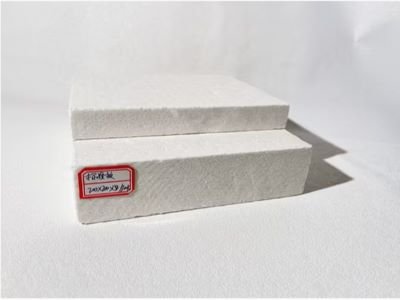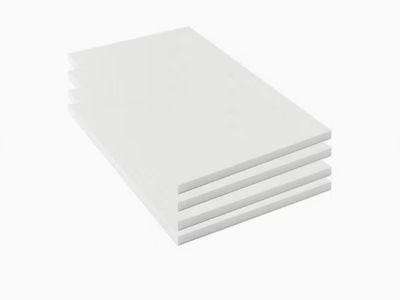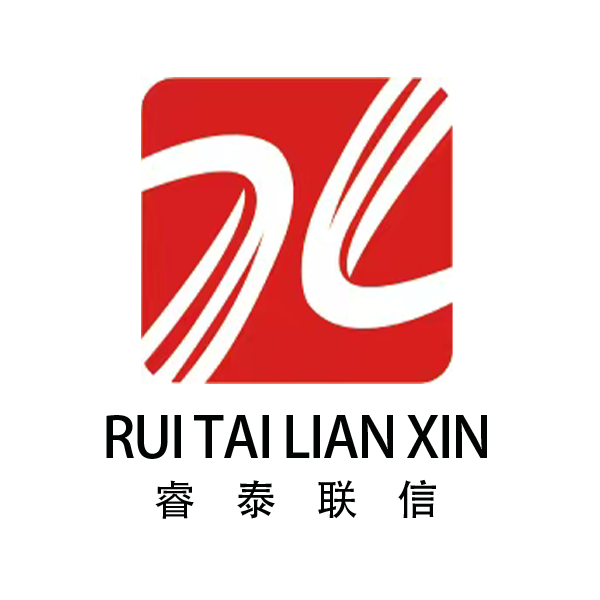In the industrial field that pursues high efficiency, energy saving and equipment safety, thermal insulation protection in high temperature environments is crucial. Ceramic fiber board, as a high-performance lightweight refractory material, is becoming an ideal choice for many high-temperature application scenarios due to its unique advantages.
1. Core advantages of ceramic fiber board
The most prominent feature of ceramic fiber board is its lightweight. Compared with traditional heavy refractory bricks, their density is usually only one tenth of the latter or even lower. This feature significantly reduces the overall weight of the equipment and reduces structural support requirements.

At the same time, its thermal insulation performance is also excellent.
Specifically, its interior is made up of a large number of tiny fibers interwoven together to form countless tiny air chambers. These air cells effectively block heat conduction, convection and radiation, thereby achieving extremely low thermal conductivity.
Furthermore, this means that at the same thickness, ceramic fiber board can provide far superior thermal insulation than traditional materials.
2.Key features
In addition to being lightweight and highly effective in thermal insulation, ceramic fiber board also has excellent high-temperature resistance.
It is mainly composed of high-temperature resistant oxides such as aluminum oxide (Al₂O₃) and silicon dioxide (SiO₂). The main process used is high temperature sintering or wet forming.
Therefore, it can work stably in extremely high temperature environment for a long time.

In addition, ceramic fiber board also exhibits good chemical stability. It is quite resistant to most acids, alkalis (except strong alkalis) and molten metals (such as aluminum and zinc), and is not easily corroded or chemically reacted.
This characteristic enables it to maintain long-term stability of structural integrity and thermal insulation performance even in high-temperature environments with corrosive media such as chemical and metallurgical industries.
3.Widespread application
Ceramic fiber board has a wide range of applications.
It’s often used as a lining material for industrial furnaces. Whether used in the furnace walls, roof, or floor, it effectively insulates and maintains heat, reducing energy consumption and shortening heating and cooling times.
It’s an ideal thermal insulation layer for high-temperature pipes and equipment.It’s primarily used to protect the equipment, lower surface temperatures, and prevent burns.
In heat treatment equipment such as annealing furnaces and quenching furnaces. Their lightweight and uniform thermal insulation properties facilitate precise control of furnace temperature profiles.
